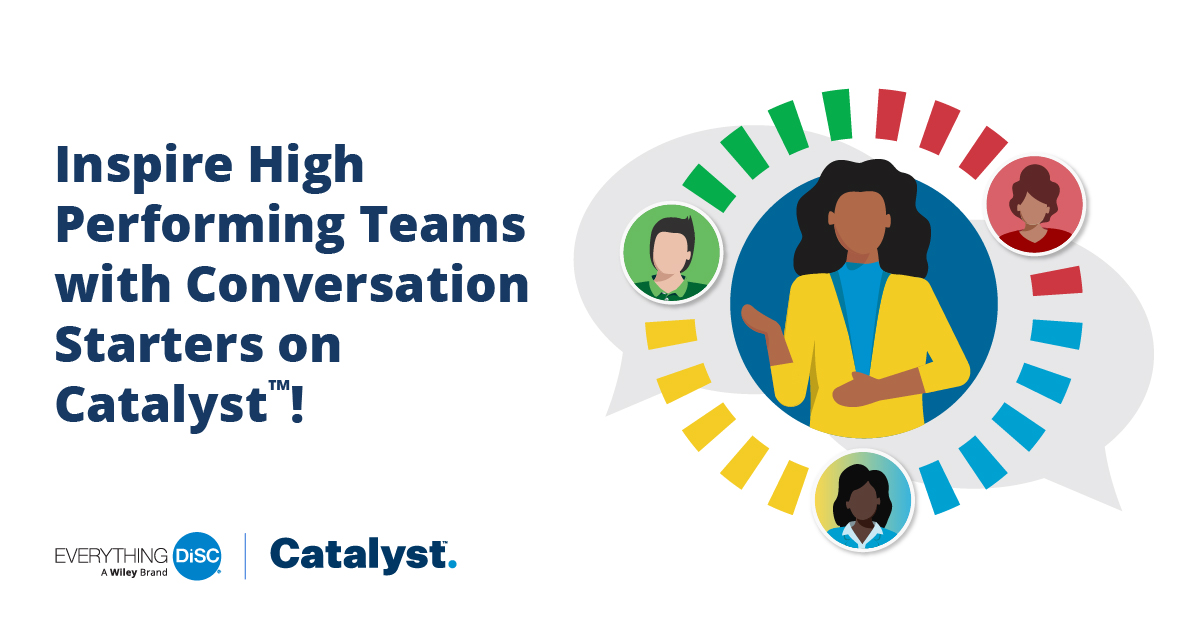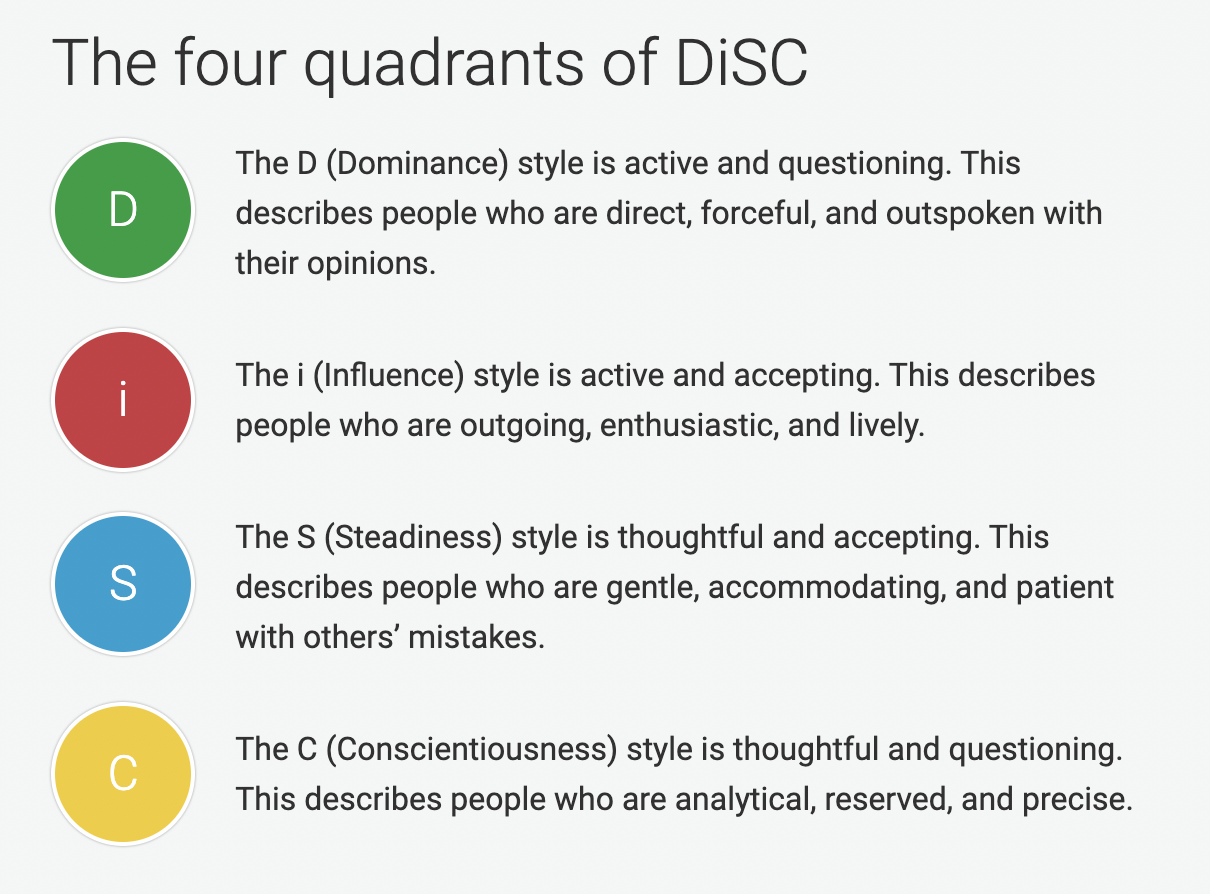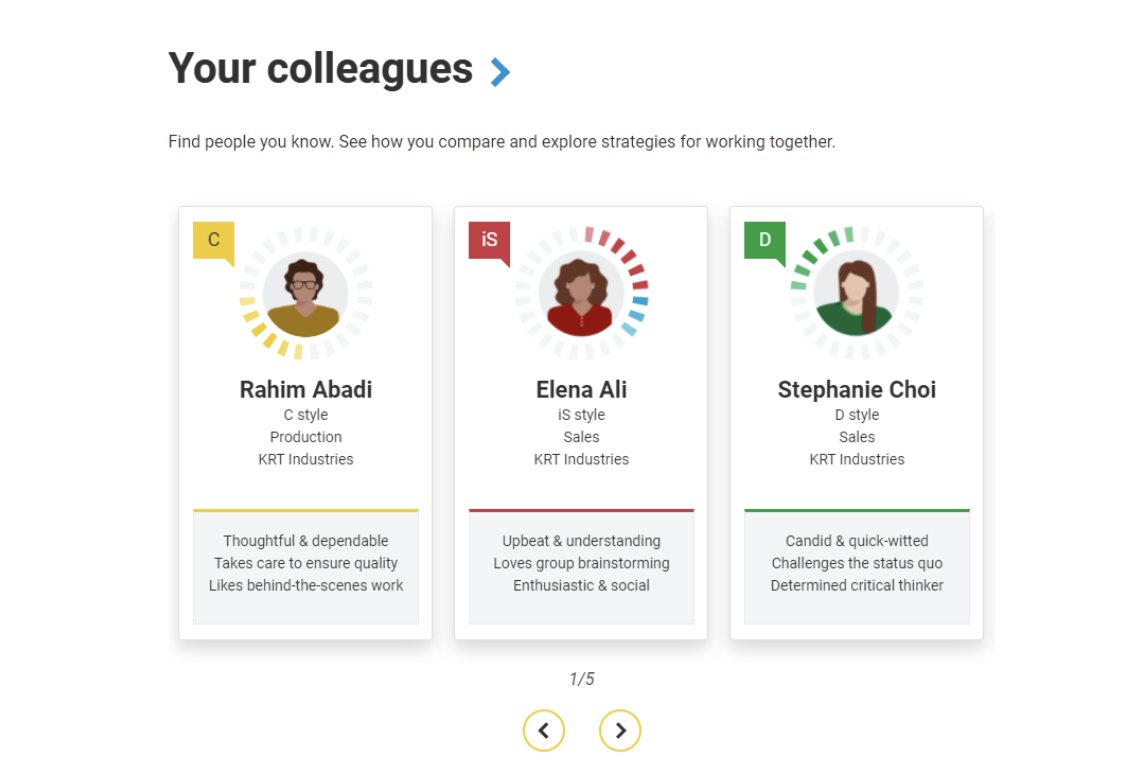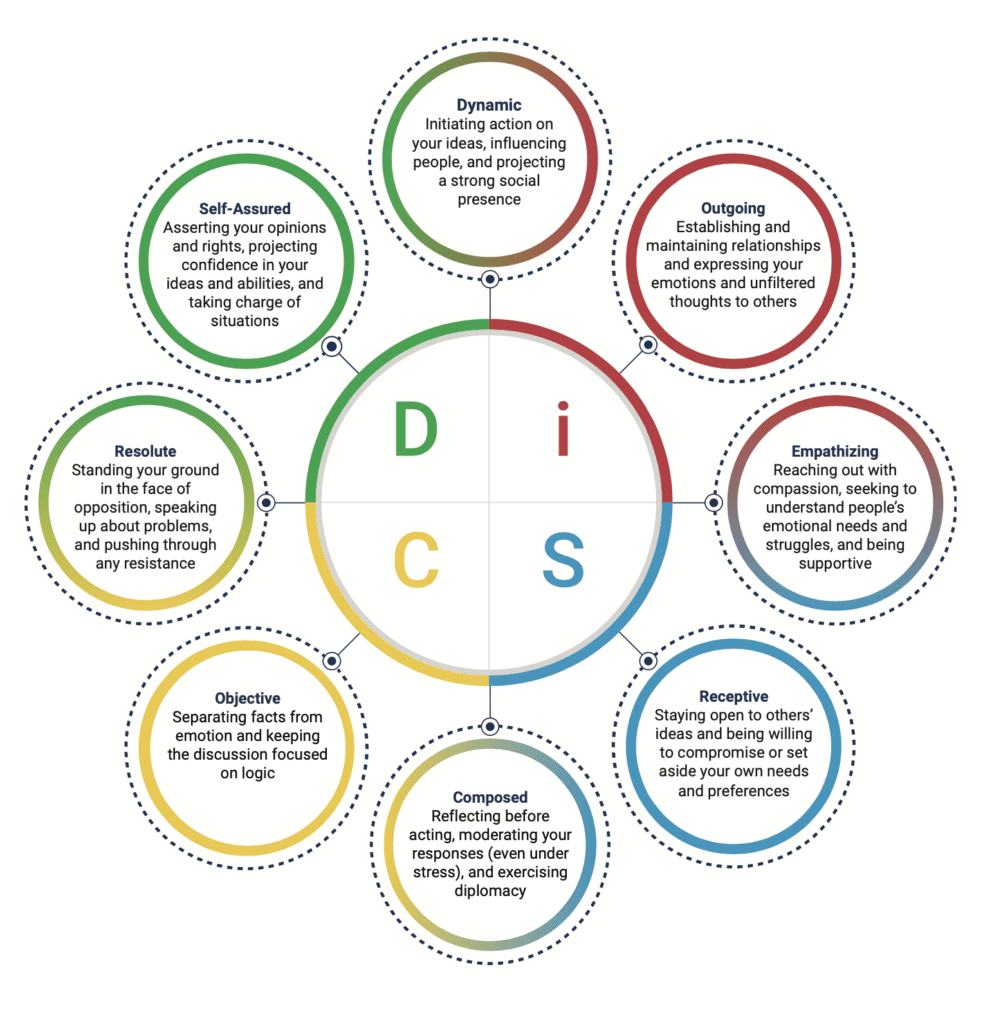Leading With Empathy – Without Ignoring Execution
Leading with empathy without ignoring execution
Yes, you can have it all: empathy and performance.
Leaders’ minds often toggle between focusing on business needs and tending to employees. Yet, there’s more overlap between leading with empathy and executing on goals than many of us realize. Leaders really can do both without one being at the expense of the other.
The value of leading with empathy:
The benefits of leading with empathy outweigh any misconceptions as to why a leader shouldn’t show empathy.
Showing empathy engages others. Engagement and performance are highly correlated. When engagement is higher, performance also tends to be higher.
Furthermore, empathy is a relational skill. When relatedness is stronger, the bonds of a team are stronger. The team can face complex challenges successfully when team members:
- Truly “see” each other
- Understand who has the capacity to take on more responsibility
- Accept mutual accountability for team performance
Showing empathy when leading employees can be transformative for your team.
How to prioritize both empathy and execution:
Conversations are the simple key to balancing both empathy and execution because they’re the place where compassion and action converge – a formula for success.
When leaders are reacting to mountains of challenges, and the pressure to perform is high, it’s easy to skip conversations with team members and attempt to drive results via email and directives distributed at meetings.
This tendency seems like a direct path to the desired outcomes, but it also eliminates nearly all opportunities to:
- Connect with team members
- Uncover the challenges they are experiencing
- Offer empathy and compassion to help them through
Typically, when leaders are feeling stressed about deliverables, they double down on managing tasks and cancel one-on-one meetings with team members. But there’s a better choice. When the pressure is on, meaningful, efficient one-on-one meetings are pure gold. Leaders may think they don’t have time to connect, but the missed opportunity cost can be significant. Connect with the team.
At their best, these conversations happen with a team member – rather than to them. They’re collaborative conversations about collective goals that explore how the manager and employee can solve problems together. It’s time to confirm “we’ve got this.”
How do you find time to have conversations with each employee when your days are jammed with other meetings and tasks? The answer can be simple: optimization. Master shorter, more intentional one-on-one meetings. A three-minute conversation can often change everything for the better.
Here are some tips for having short conversations that show empathy and drive performance:
- Be fully present in the conversation. “See” the other person.
- Help your employee define what the next successful step is.
- Clarify any resources that are needed to perform well.
- Offer recognition and instill confidence in their ability to be successful.
- It really comes down to listening! Maintain a judgment-free space for your team member to share their current state.
If you’re looking for questions to start off the conversation, try some of the following:
- Ask open-ended questions to learn what employees are thinking and feeling:
- What are your plans?
- What are your obstacles?
- What is success for you?
- What does the situation look like from your point of view?
- Consider additional questions like:
- How can we achieve “X” (a specific outcome) and help you navigate “Y” (the challenges of your workload, stress level, etc.)?
- What resource would be most useful for you now, to help you perform well during this sprint?
- What could you do today to recharge and prepare yourself for the challenges ahead this week?
- What is your biggest challenge right now that is having an impact on your ability to perform at your best?
- What elements of this challenge boost your energy? How can we configure the work to keep your energy level high through this next high-volume period?
When a leader invites open dialogue and seeks to understand a team member’s readiness to perform at their best, valuable information flows. Only then can you work together to co-create solutions that deliver results and address the team member’s needs. These are moments when trust can be fortified. Be ready to connect, listen and support.
Source: Insperity Staff, Insperity
“If you are asking how to create a more empathetic workplace, you’re already way ahead of everybody else”
– Daniel Lubetzky
Did you know this about disc?
DiSC is an assessment that aids with effective communication

What Is Everything DiSC Work of Leaders?
Everything DiSC® Work of Leaders lays out a clear path for leaders at all levels to make the connection between their DiSC® style and real-world leadership demands.
It brings together best practices from 300 experts in over 150 organizations, the important work of the most prominent scholars, and over four years of additional research and development to provide participants with an actionable path toward more effective leadership.














